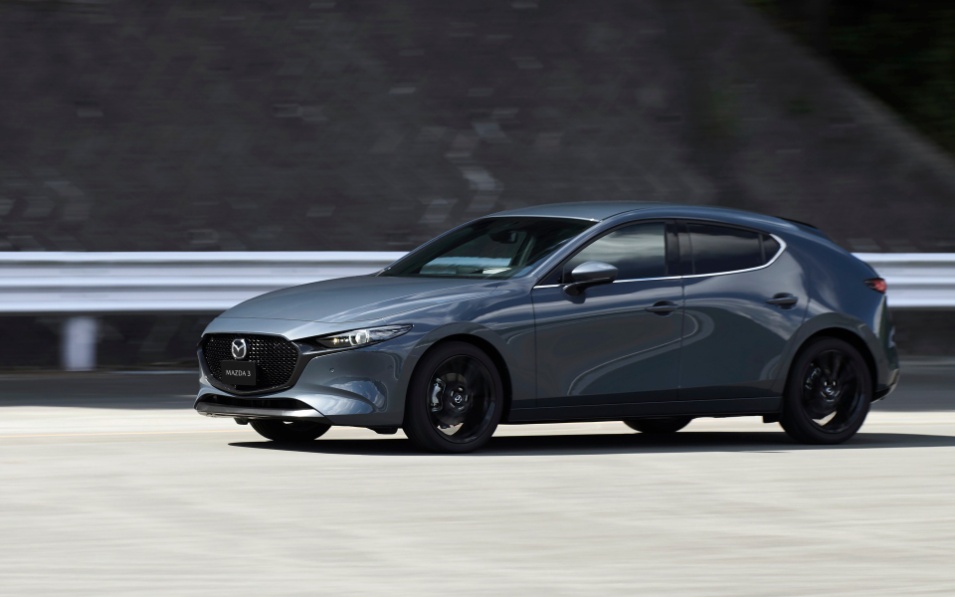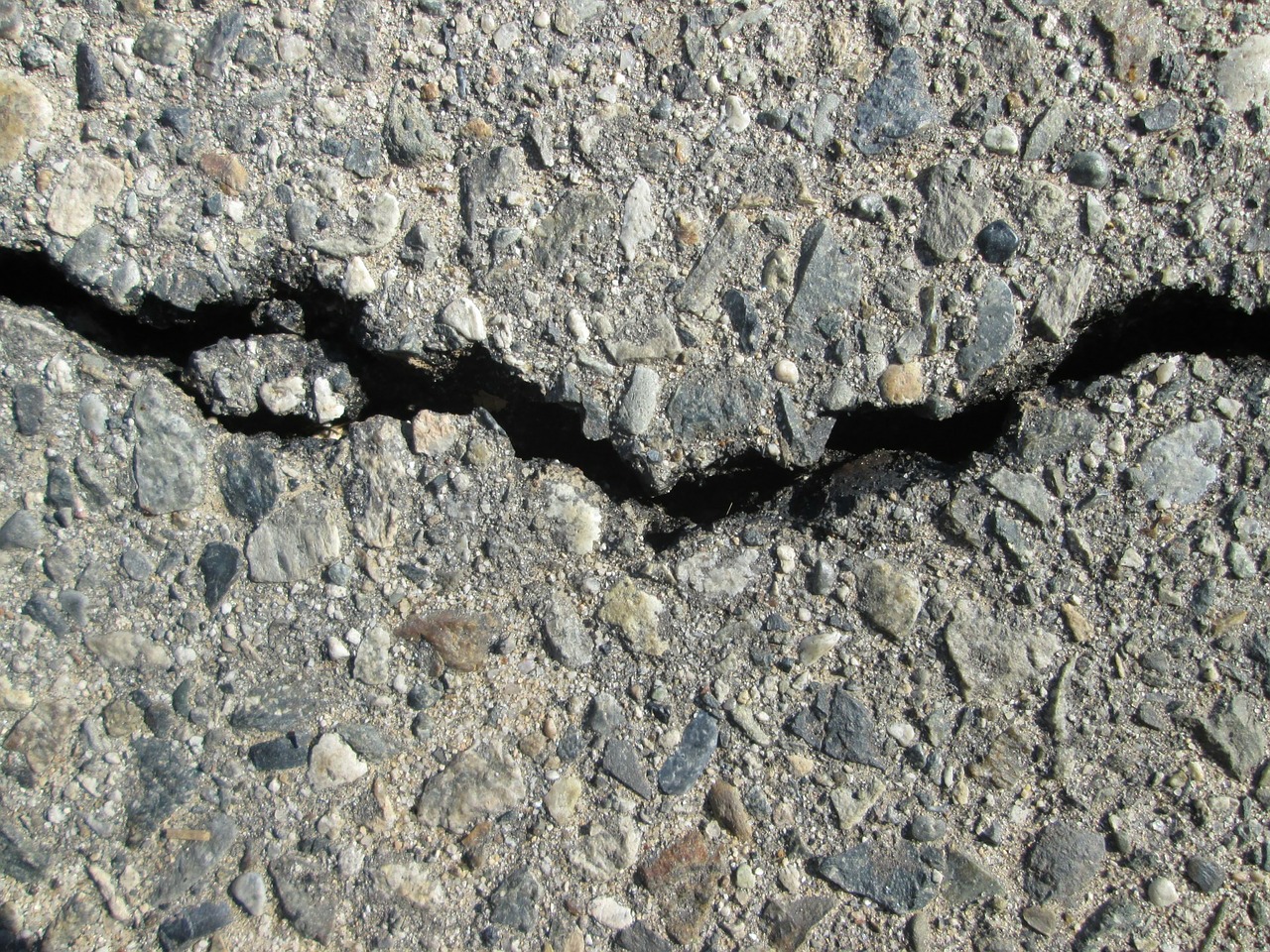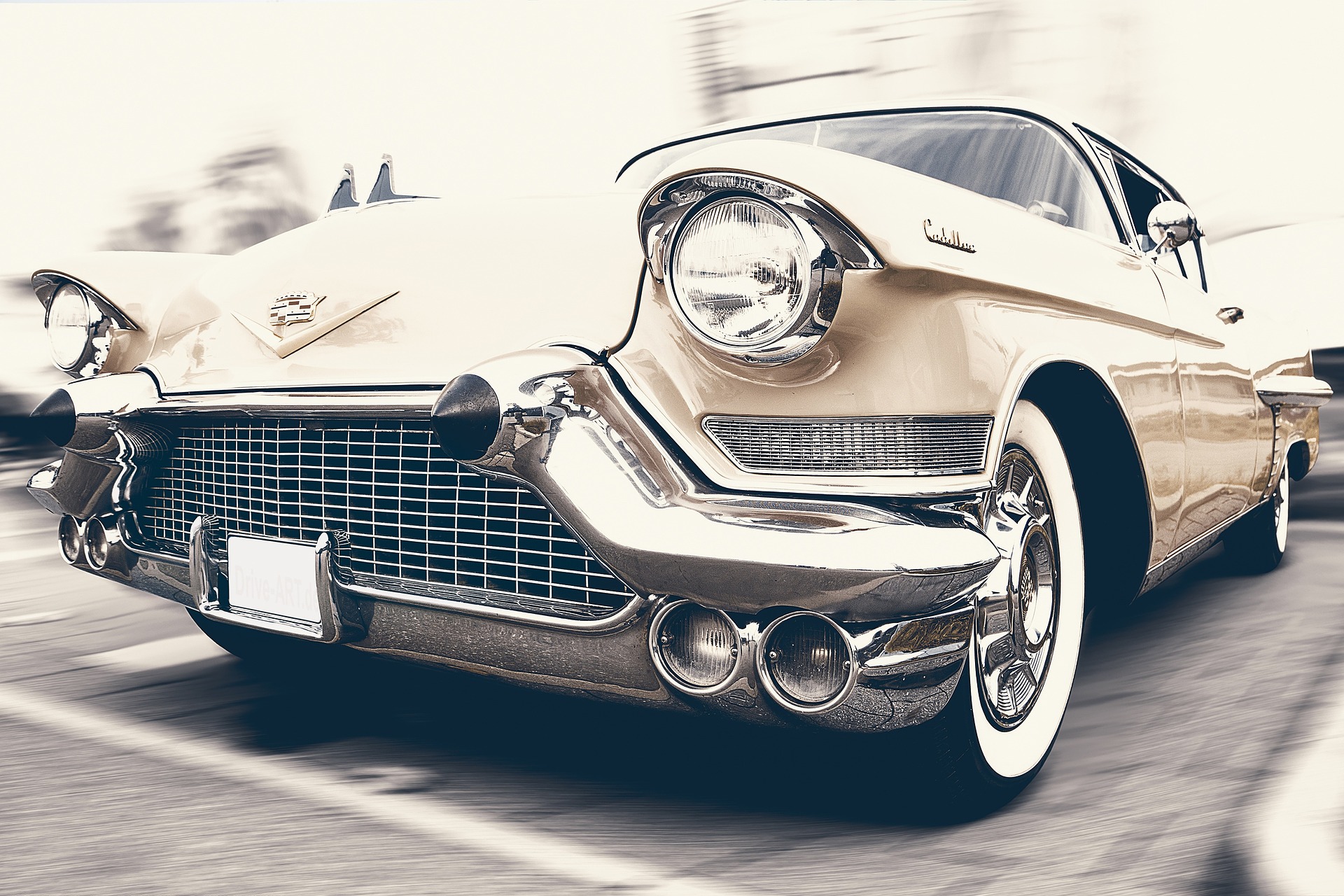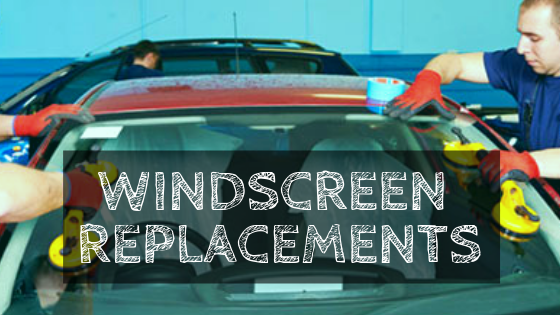It always pays to be a savvy shopper, especially when you’re investing in something expensive like a car. Driving requires taking on additional expenses, such as fuel, insurance and parking — it’s important to take every step possible to make driving more affordable, starting with the price of the car itself.
Here are a few ways you can find yourself driving a Mazda today, for less.
Dealership Deals:
Your local dealership often has a few key ways to save, so be sure to check out the Mazda pick of the month when looking for deals on a new car. It’s not uncommon to find a dealership offering savings for used vehicles, but if they’re offering special lease and financing rates, it’s definitely worth checking out.
It may be helpful to narrow down the models and trims you’re considering, as each car for sale has several variables that need to be weighed, and coming in with a clearly defined idea of what you’re looking for will simplify the purchase and save you time.
Special Qualifying Rates:
When you go to the dealership, see if you qualify for special discounts. For example, there may be loyalty reward programs, first-time owner programs, and graduate programs.
If you’re a repeat Mazda customer, or it’s your very first time buying from the car manufacturer, you may get some money back on your purchase. New graduates from college may also get a preferred rate, as some dealerships have a mechanism in place to assist car buyers who haven’t had enough time in the workplace to build up sufficient capital.
Buy a Used Car, Wisely:
Everybody knows that buying a used car is cheaper than buying one new. But you need to make certain that the car you’re buying is in great shape under the hood, so it’ll drive well today and for years down the road.
Mazda has a Certified Pre-Owned program in which every car undergoes a thorough 160-point inspection by factory-trained Mazda technicians. They also come with 7-year/140,000 kilometre limited Powertrain warranties, to give you more peace of mind and confidence that you’re likely to find elsewhere. This is a long warranty for a new car, never mind an old one.
Even more, it comes with 24-hour emergency roadside assistance — sometimes you encounter setbacks on the road, like a flat tire or dead battery, for which neither the driver nor the manufacturer is to blame. When you buy from the Mazda Certified Pre-Owned program, you’re covered even then.
It feels today like the cost of everything is going up, from housing to the price of food. People need to travel, whether it’s to commute to school, work, pick up groceries or see family and friends. Remember to look out for special rates that the dealership offers, on both new and used cars. Being a discerning customer by availing yourself of all the deals out there is the best way you can own a Mazda today, for less.
Read Also:






















